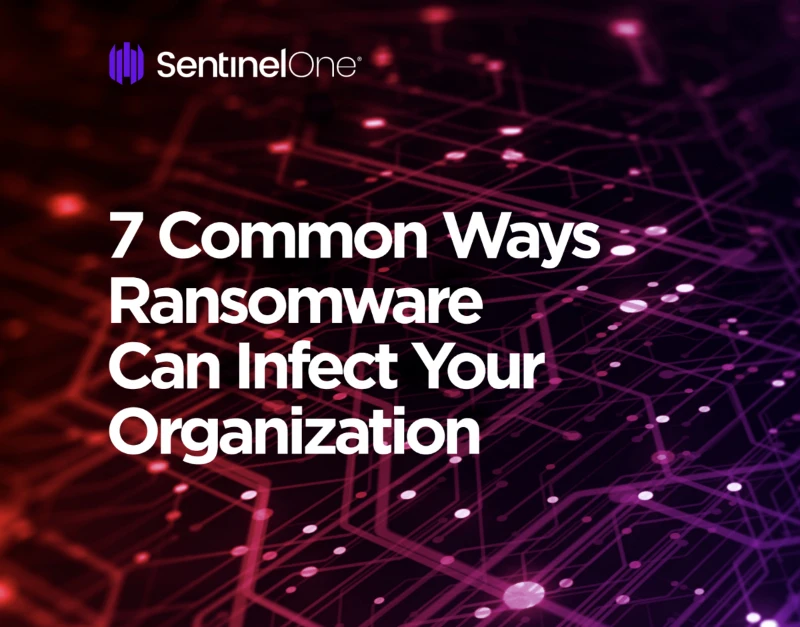Common Ways Ransomware Can Infect Your Organization
Published on 29 Mar 2022

Recent trends indicate that the risk of losing access to your data, devices, and services is exacerbated by threat actors who are exfiltrating data and threatening to publish it on public websites if victims do not pay up.
Increased public awareness of ransomware has prompted (at least some) companies to invest in backup and recovery. However, these methods are rendered ineffective when the criminals are in possession of your most sensitive consumer and business information.
After infection, ransomware may spread to additional computers or encrypt shared files on a business's network. In certain instances, it may spread over organizational boundaries to attack supply chains, clients, and other companies, and some malware campaigns have expressly targeted managed service providers. The true solution to ransomware is prevention, not treatment. How does this destructive software often infiltrate devices?
Violations Due to Phishing and Social Engineering
Phishing emails continue to be the most popular technique for hackers to infect an endpoint with ransomware. Emails are increasingly crafted using targeted, personalized, and detailed information to earn the confidence of prospective victims and deceive them into opening attachments or clicking links to download malicious PDFs and other document files.
These may seem identical to regular files, and attackers may take advantage of a Windows setup setting that conceals the file's actual extension. For instance, an attachment may seem to be named 'filename.pdf,' but disclosing its entire extension, 'filename.pdf.exe,' reveals that it is executable.
Files may be in conventional formats such as Microsoft Office attachments, PDF files, or JavaScript. Clicking on these files or allowing macros let the file run, initiating the encryption process on the victim's computer.
Infection via Vulnerable Websites
Not all ransomware attacks must be sent through a malicious email. Websites that have been compromised make it simple to introduce dangerous code. All that is required is for an unwary victim to visit the site, possibly one they frequent often. The hijacked website then redirects to a page requesting the user download an updated software version, such as a web browser, plugin, or media player. This kind of redirection is very difficult for people to detect without inspecting the source code of every website they visit.
Malvertising and Browser Exploitation
If a user's browser has an unpatched vulnerability, a malvertising attack is possible. Using popular adverts on websites, attackers may introduce malicious code that downloads ransomware upon ad display. Although this is a less prevalent ransomware infection method, it is nonetheless dangerous since it does not need the victim to do any overt actions, such as downloading a file or activating macros.
Exploit Kits Delivering Tailored Malware
Angler, Neutrino, and Nuclear have exploited kits extensively used in ransomware attacks. These frameworks are a form of the malicious toolkit including pre-written exploits that target vulnerabilities in browser plugins such as Adobe Flash and Java. Microsoft Internet Explorer and Microsoft Silverlight are other often targeted applications. Locky and CryptoWall ransomware have been distributed using exploit kits on booby-trapped websites and malvertising campaigns.
Downloads of Infected Files and Applications
Any downloadable file or program may be used to spread ransomware. Cracked software on illicit file-sharing websites is very susceptible to compromise, and such software is often infected with malware. Recent instances of MBRLocker, for instance, followed this path. There is also the possibility of hackers using reputable websites to distribute corrupted executables.
After the victim downloads the file or program, ransomware is automatically injected.
Download Sintinels One's whitepaper to learn more about Common Ways Ransomware Can Infect Your Organization only on Whitepapers Online.
